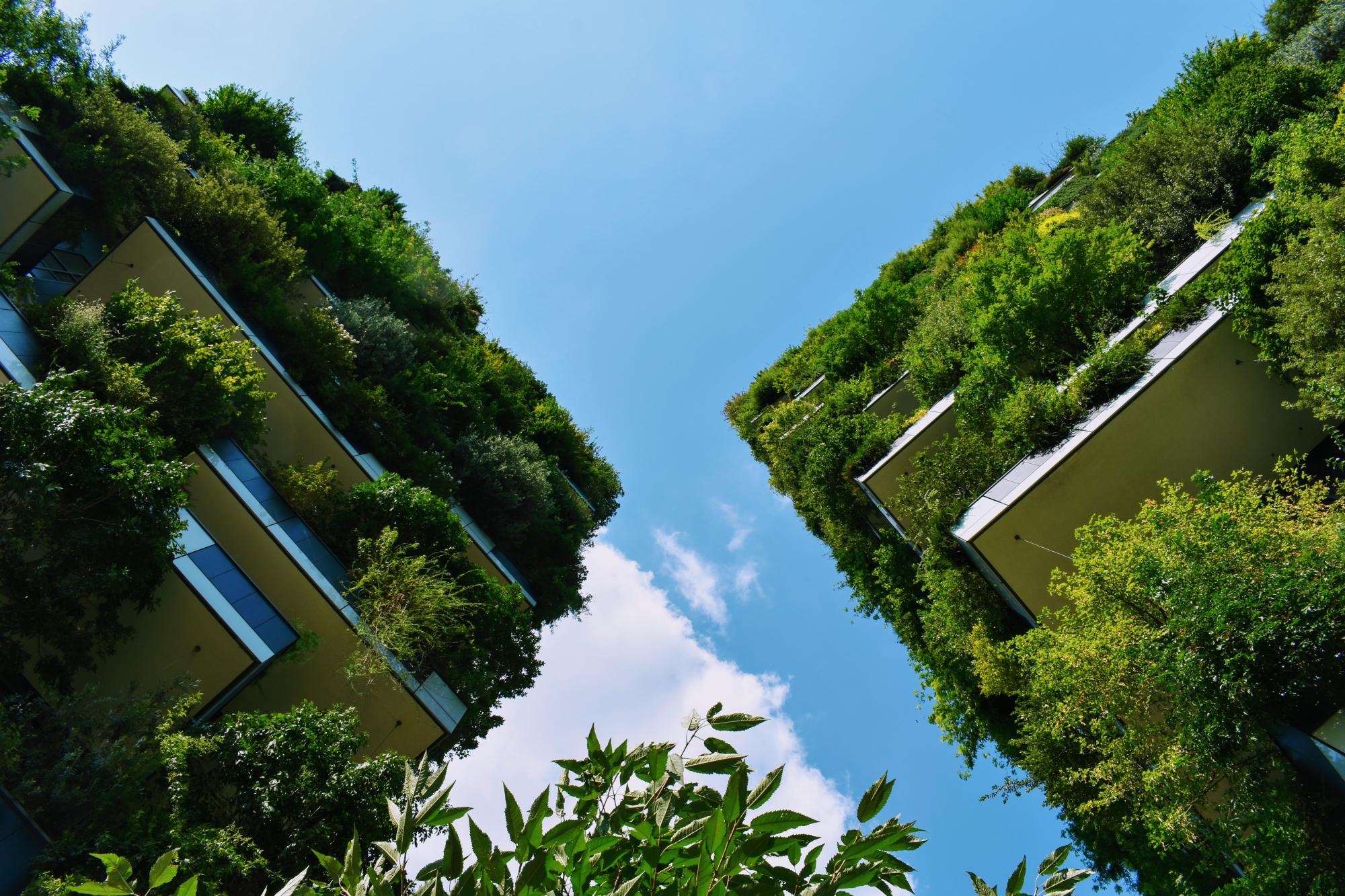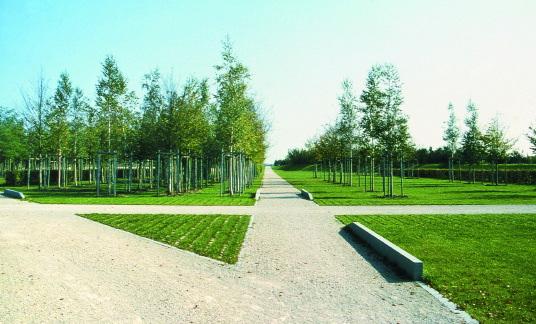In 1995 the city of Munich decided to implement a new green residential district in the derelict area of the former Munich-Riem airport which was closed in 1992. (Reference 9) The area was designed to have an intensively used residential area in the north and an extensively used green recreational area in the south. The project was completed in 2005. It is 210 hectares large, making it the third-largest public park in Munich. (Reference 1) The park includes a 10-hectare large artificial lake, a 15-hectare large forest and two 20 meter high artificial observation and toboggan hills made from the demolition material of the former airport. (Reference 9) The park is appreciated by people but concerns about the loss of biodiversity have been raised. Citizens use the park for walking, cycling, swimming in the lake or simply for relaxation. (Reference 4)
Overview
Nature-based solution
- Parks and urban forests
- Large urban parks or forests
- Blue infrastructure
- Lakes/ponds
Key challenges
- Green space, habitats and biodiversity (SDG 15)
- Habitat and biodiversity conservation
- Green space creation and/or management
- Regeneration, land-use and urban development
- Regulation of built environment
- Promote natural styles of landscape design for urban development
- Health and well-being (SDG 3)
- Creation of opportunities for recreation
Focus
Project objectives
Implementation activities
Biodiversity conservation or restoration-focused activities
Biodiversity conservation:
- Protect and enhance urban habitats
- Preserve and strengthen existing habitats and ecosystems
Main beneficiaries
- Citizens or community groups
Governance
Management set-up
- Co-governance with government and non-government actors
Type of initiating organisation
- Local government/municipality
Participatory approaches/ community involvement
- Consultation (e.g. workshop, surveys, community meetings, town halls)
- Other
Details on the roles of the organisations involved in the project
Project implemented in response to ...
Financing
Total cost
Source(s) of funding
- Public local authority budget
- Corporate investment
Type of funding
- Earmarked public budget
- Loan
- Other
Non-financial contribution
Impacts and Monitoring
Environmental impacts
- Climate change
- Enhanced carbon sequestration
- Environmental quality
- Improved air quality
- Green space and habitat
- Increased green space area
- Increased conservation or restoration of ecosystems
- Restoration of derelict areas
Economic impacts
- Increase in GDP
- Attraction of business and investment
Socio-cultural impacts
- Social justice and cohesion
- Improved access to urban green space
- Health and wellbeing
- Gain in activities for recreation and exercise
- Cultural heritage and sense of place
- Increased appreciation for natural spaces
Type of reported impacts
Presence of formal monitoring system
Presence of indicators used in reporting
Presence of monitoring/ evaluation reports
Availability of a web-based monitoring tool
References
2. Messmer, C. (2014). Vom wilden Naturparadies zum ordentlichen Großstadtpark. Take off! Stadtteilzeitung der Messestadt-Riem. (53), pp. 8-9. Available at: Source link [Accessed: 29 Jul. 2020]
3. Häuser, H. (2014). Der Riemer Park – ein Drittel kleiner als geplant: Der große Unvollendete. Take off! Stadtteilzeitung des Messestadt-Riem. (53), pp. 12-13. Available at: Source link [Accessed: 29 Jul. 2020]
4. Takeoff! (2014) Wofür nutzen Sie den Riemen Park?Take off! Stadtteilzeitung des Messestadt-Riem. Available at: Source link (53), p. 14. [Accessed: 29 Jul. 2020]
5. Source link. (2017) Riemer Park. [online] Available at: Source link 29 Jul. 2020].
6. Source link. (2017) Riemer Park. [image]. Available at: Source link 29 Jul. 2020].
7. Landeshauptstadt München (2005). Messestadt Riem Vom Flugfeld zum neuen Stadtteil – eine Zwischenbilanz. München: Landeshauptstadt München. Available at:Source link [Accessed: 29 Jul. 2020]
8. Lezuo, D. (2016) Wie kommt der Entwurf zur Landschaft? Kalsruhe: Scientific Publishing. Available at: Source link [Accessed: 30 Jul. 2020]
9. Source link. (2019). Riemer Park. [online] Available at: Source link [Accessed: 30 Jul. 2020]
10. Source link (2020). Riemer Wald. [online]. Available at: Source link [Accessed: 30 Jul. 2020]
11. Department of Urban Planning and Building Regulation. (1998). Munich: Future Perspective. Munich: Department of Urban Planning and Building Regulation.


